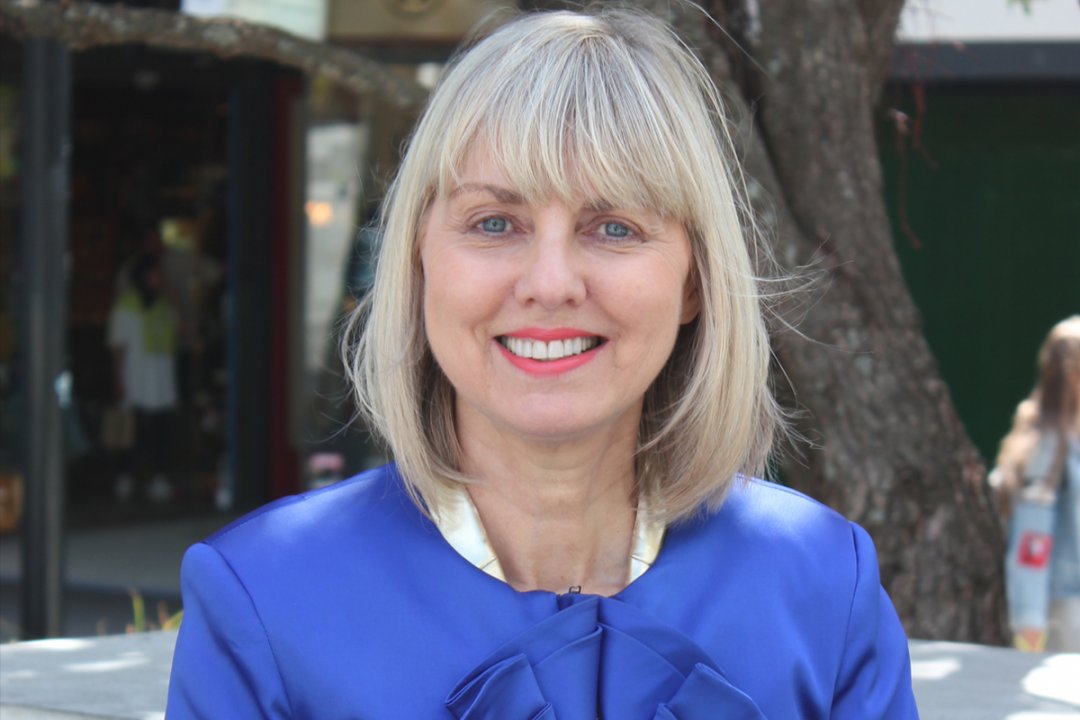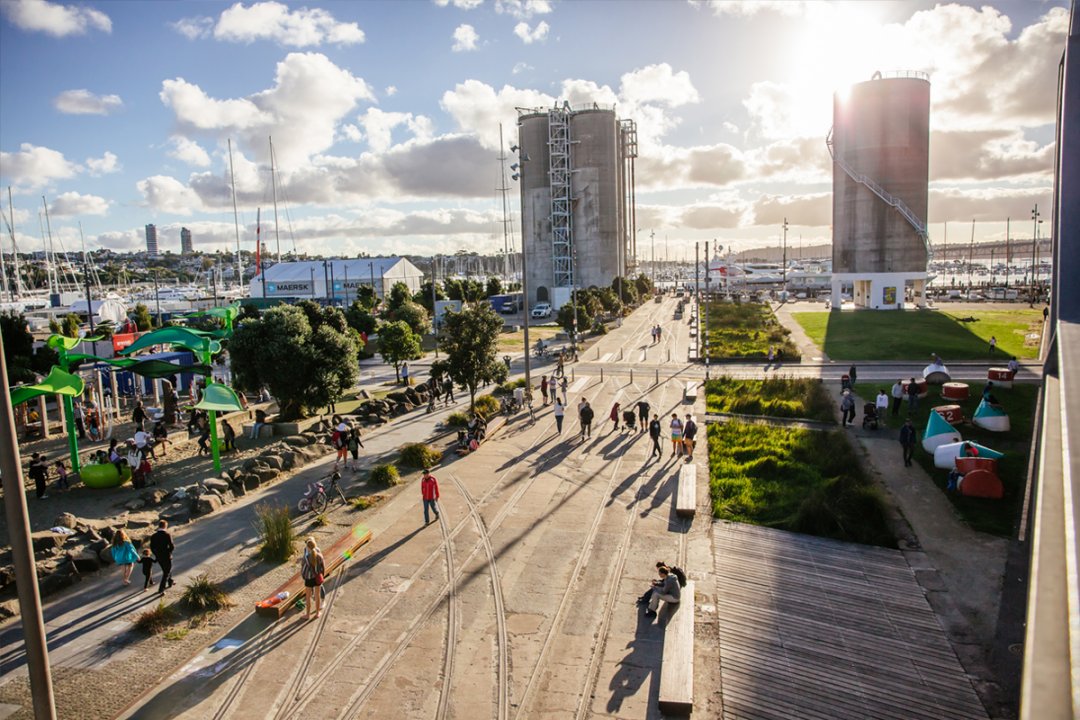Is a smart city the antidote to the Auckland Disease?
This piece by our CEO Viv Beck was published in the NZ Herald's Project Auckland special on 14 December 2018.
This time last year, I wrote a Christmas wish list to address the perennial issue of Auckland's big decisions going round and round — an affliction dubbed the "Auckland Disease".
Let's see if Santa has delivered against the wishes for 2018, which are set out below.

1. We do things differently in 2018
We all become part of the solution to achieve the vision of a great city. The public, private and not-for-profit sectors all have something to offer and we can't achieve great things in the silos that have often been a symptom of the Auckland disease.
Assessment:
Housing First is a great example of smart city life. It's an internationally proven solution for homelessness. It's been adapted to meet local needs. It's delivering results — so far, nearly 90 rough sleepers have been housed in the city centre alone. The secret of success? Collaboration across the public, private and not for profit sectors. One goal, one solution and no egos.
Smart city leadership? YES!
2. Major projects have the right mix of skills and leadership
Big projects are guided by leaders who consider the needs of stakeholders upfront and empower others to make good decisions. The proposed light rail project is guided by this inclusive approach, ensuring it's not developed in a bubble.
Assessment:
Auckland Council's recently announced plan to explore a new concept of Access for Everyone in the city centre has a glimmer of smart city brilliance. This concept is about finding innovative ways of managing growth and scarce space and at the heart of it, essential access must be maintained, not least for businesses that drive the economy. It's bold, it has risk, and it's necessary for a city with more and more people living and working in it — the UN predicts that by mid-century city populations will grow from just over half to two-thirds of the world's population.
What is great about this project is that stakeholders are involved in developing the idea from the outset. It is also happening in advance of the proposed light rail for Queen Street (which has been in its development bubble all year but will need to be open to feedback when the business case is released).
Watch this space — this idea could transform our city centre.
Smart City leadership? While the idea is still to be tested, all the ingredients are there. Vision, public and private sector collaboration, innovation and a desire to build a smart city — yes!
3. We nail the next three years.
We make and implement great decisions and turn on the best possible America's Cup, which Aucklanders can enjoy on our iconic waterfront — a lasting legacy.
Assessment:
Working out where to place the America's Cup syndicates was a messy process. It didn't look like central Government was working transparently with Auckland Council and stakeholders appeared to be out of the loop at key times. However, the result was much better in the end. Secret of success? People with strong convictions and clever ideas persevered and the city will benefit from cleaning up Wynyard Point early.

Wider waterfront issues, however, remain problematic.
Mooring dolphins protruding off the end of Queen's Wharf, and cars on Captain Cook Wharf moving under cover on Bledisloe Wharf. There are mixed messages being sent on the future of the port land, one of our city's best assets. Smart leadership is nowhere in sight.
There is also a lot of talk about stadiums and cultural centres, and ambitious ideas that just seem to gather dust. There are many other priorities for a growing city but this could be turned into an opportunity to develop a shared vision for what the future city dwellers will want/need in 10, 20, 30 years' time.
We need to overcome barriers and egos and encourage people to participate in discussions like this. It would be remiss, for example, to leave parts of the waterfront out of the upcoming refresh of the City Centre Masterplan. Once we have clarity on the vision, we can see which ideas have traction and how and when to make them happen.
Smart City leadership? America's Cup — a messy start but a smart solution achieved in the end. Waterfront — no, and we need to act quickly to avoid ad hoc decisions and ensure a lasting legacy for Auckland and New Zealand.
In summary, there has been progress in our city this year. But we need to keep knocking down the silos and cultivating smart leadership across the city that will break the Auckland Disease cycle once and for all. And, finally, we can't let a local body election year cause distractions that put us off the smart course we need to take.





